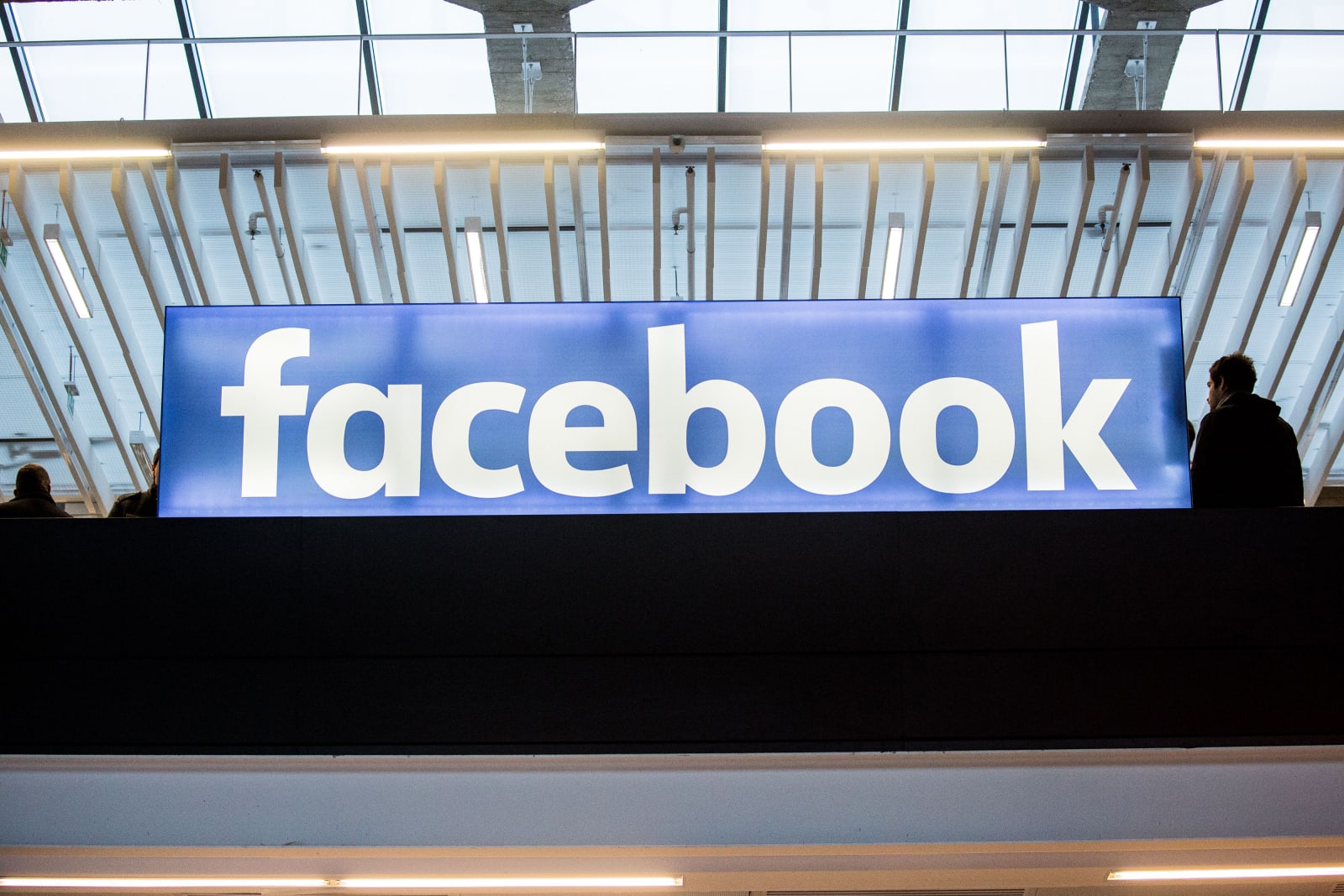Last month I wrote about Ubiquitilink, which promised, through undisclosed means, it was on the verge of providing a sort of global satellite-based roaming service. But how, I asked? (Wait, they told me.) Turns out our phones are capable of a lot more than we think: they can reach satellites acting as cell towers in orbit just fine, and the company just proved it.
Utilizing a constellation of satellites in low Earth orbit, Ubiquitilink claimed during a briefing at Mobile World Congress in Barcelona that pretty much any phone from the last decade should be able to text and do other low-bandwidth tasks from anywhere, even in the middle of the ocean or deep in the Himalayas. Literally (though eventually) anywhere and any time.
Surely not, I hear you saying. My phone, that can barely get a signal on some blocks of my neighborhood, or in that one corner of the living room, can’t possibly send and receive data from space… can it?
“That’s the great thing — everybody’s instinct indicates that’s the case,” said Ubiquitilink founder Charles Miller. “But if you look at the fundamentals of the RF [radio frequency] link, it’s easier than you think.”
The issue, he explained, isn’t really that the phone lacks power. The limits of reception and wireless networks are defined much more by architecture and geology than plain physics. When an RF transmitter, even a small one, has a clear shot straight up, it can travel very far indeed.
Space towers
It’s not quite as easy as that, however; there are changes that need to be made, just not anything complex or expensive like special satellite antennas or base stations. If you know that modifying the phone is a non-starter, you have to work with the hardware you’ve got. But everything else can be shaped accordingly, Miller said – three things in particular.
- Lower the orbit. There are limits to what’s practical as far as the distance involved and the complications it brings. The orbit neds to be under 500 kilometers, or about 310 miles. That’s definitely low — geosynchronous is ten times higher — but it’s not crazy either. Some of SpaceX’s Starlink communications satellites are aiming for a similar orbit.
- Narrow the beam. The low orbit and other limitations mean that a given satellite can only cover a small area at a time. This isn’t just blasting out data like a GPS satellite, or communicating with a specialized ground system like a dish that can reorient itself. So on the ground you’ll be looking at a 45 degree arc, meaning you can use a satellite that’s within a 45-degree-wide cone above you.
- Lengthen the wavelength. Here simple physics come into play: generally, the shorter the wavelength, the less transparent the atmosphere is to it. So you want to use bands on the long (lower Hz) side of the radio spectrum to make sure you maximize propagation.
Having adjusted for these things, an ordinary phone can contact and trade information with a satellite with its standard wireless chip and power budget. But there’s one more obstacle, one Ubiquitilink spent a great deal of time figuring out.
Although a phone and satellite can reach one another reliably, a delay and doppler shift in the signal due to the speeds and distances involved are inescapable. Turns out the software that runs towers and wireless chips isn’t suited for this; the timings built into the code assume the distance will be less than 30 km, since the curvature of the Earth generally prevents transmitting further than that.
So Ubiquitilink modified the standard wireless stacks to account for this, something Miller said no one else had done.
“After my guys came back and told me they’d done this, I said, well let’s go validate it,” he told me. “We went to NASA and JPL and asked what they thought. Everybody’s gut reaction was ‘well, this won’t work,’ but then afterwards they just said ‘well, it works.’ ”
 The theory became a reality earlier this year after Ubiquitilink launched their prototype satellites. They successfully made a two-way 2G connection between an ordinary ground device and the satellite, proving that the signal not only gets there and back, but that its doppler and delay distortions can be rectified on the fly.
The theory became a reality earlier this year after Ubiquitilink launched their prototype satellites. They successfully made a two-way 2G connection between an ordinary ground device and the satellite, proving that the signal not only gets there and back, but that its doppler and delay distortions can be rectified on the fly.
“Our first tests demonstrated that we offset the doppler shift and time delay. Everything else is leveraging commercial software,” Miller said, though he quickly added: “To be clear, there’s plenty more work to be done, but it isn’t anything that’s new technology. It’s good solid hardcore engineering, building nanosats and that sort of thing.”
Since his previous company was Nanoracks and he’s been in the business for decades, he’s qualified to be confident on this part. It’ll be a lot of work and a lot of money, but they should be launching their first real satellites this summer. (And it’s all patented, he noted.)
Global roaming
The way the business will work is remarkably simple given the complexity of the product. Because the satellites operate on modified but mostly ordinary off-the-shelf software and connect to phones with no modifications necessary, Ubiquitilink will essentially work as a worldwide roaming operator that mobile networks will pay for access to. (Disclosure: Verizon, obviously a mobile network, owns TechCrunch, and for all I know will use this tech eventually. It’s not involved with any editorial decisions.)
Normally, if you’re a subscriber of network X, and you’re visiting a country where X has no coverage, X will have an agreement with network Y, which connects you for a fee. There are hundreds of these deals in play at any given time, and Ubiquitilink would just be one more — except its coverage will eventually be global. Maybe you can’t reach X or Y, you’ll always be able to reach U.
The speeds and services available will depend on what mobile networks want. Not everyone wants or needs the same thing, of course, and a 3G fallback might be practical where an LTE connection is less so. But the common denominator will be data enough to send and receive text at the least.
It’s worth noting also that this connection will be in some crucial ways indistinguishable from other connections: it won’t affect encryption, for instance.
This will of course necessitate at least a thousand satellites, by Miller’s count. But in the meantime limited service will also be available in the form of timed passes — you’ll have no signal for 55 minutes, then signal for five, during which you can send and receive what may be a critical text or location. This is envisioned as a specialty service at first, then as more satellites join the constellation, that window expands until it’s 24/7 and across the whole face of the planet, and it becomes a normal consumer good.
Emergency fallback
While your network provider will probably charge you the usual arm and leg for global roaming on demand (it’s their prerogative), there are some services Ubiquitilink will provide for free; the value of a global communication system is not lost on Miller.
“Nobody should ever die because the phone in their pocket doesn’t have signal,” he said. “If you break down in the middle of Death Valley you should be able to text 911. Our vision is this is a universal service for emergency responders and global E-911 texting. We’re not going to charge for that.”
An emergency broadcast system when networks are down is also being planned — power outages following disasters are times when people are likely to panic or be struck by a follow-up disaster like a tsunami or flooding, and reliable communications at those times could save thousands and vastly improve recovery efforts.
“We don’t want to make money off saving people’s lives, that’s just a benefit of implementing this system, and the way it should be,” Miller said.
It’s a whole lot of promises, but the team and the tech seem capable of backing them up. Initial testing is complete and birds are in the air — now it’s a matter of launching the next thousand or so.





 NASA is about to debut a new original science show called ‘NASA Science Live.’ The series’ first episode will premiere on NASA Television this week, introducing viewers to how it approaches space and Earth exploration. The public will have a chance to get their questions answered live by NASA experts by submitting their queries to social media. New episodes will …
NASA is about to debut a new original science show called ‘NASA Science Live.’ The series’ first episode will premiere on NASA Television this week, introducing viewers to how it approaches space and Earth exploration. The public will have a chance to get their questions answered live by NASA experts by submitting their queries to social media. New episodes will …  If you were in any doubt that artificial intelligence is the buzzword of the moment, then Oral-B adding AI to its latest toothbrush will probably make it patently obvious. Debuting at Mobile World Congress 2019 today, because nothing says the future of mobility like cutting-edge mouth technology, the Oral-B GENIUS X is close to a supercomputer for your overbite. “The …
If you were in any doubt that artificial intelligence is the buzzword of the moment, then Oral-B adding AI to its latest toothbrush will probably make it patently obvious. Debuting at Mobile World Congress 2019 today, because nothing says the future of mobility like cutting-edge mouth technology, the Oral-B GENIUS X is close to a supercomputer for your overbite. “The …  Synthetic sequences of DNA were proven viable in a study published this week by researchers led by one Steven Benner. Benner is founder of the Foundation for Applied Molecular Evolution in Alachua, Floria. This study suggests that synthetic DNA with “unnatural” bases behaves much like strings of natural DNA – blasting open the realm of possibilities for chemical bonds in …
Synthetic sequences of DNA were proven viable in a study published this week by researchers led by one Steven Benner. Benner is founder of the Foundation for Applied Molecular Evolution in Alachua, Floria. This study suggests that synthetic DNA with “unnatural” bases behaves much like strings of natural DNA – blasting open the realm of possibilities for chemical bonds in … 


 India published a draft e-commerce policy that could have a big impact on major players like Amazon and Walmart-owned Flipkart, as well as foreshadow regulations for social media companies like Facebook Inc. and Google. The policy calls for “consumer…
India published a draft e-commerce policy that could have a big impact on major players like Amazon and Walmart-owned Flipkart, as well as foreshadow regulations for social media companies like Facebook Inc. and Google. The policy calls for “consumer… Facebook hasn’t been shy about hiring thousands of moderators to screen content that violates its policies, but there hasn’t been much insight into conditions for those moderators. And unfortunately, it doesn’t look great — The Verge posted an expo…
Facebook hasn’t been shy about hiring thousands of moderators to screen content that violates its policies, but there hasn’t been much insight into conditions for those moderators. And unfortunately, it doesn’t look great — The Verge posted an expo… Zero Motorcycles, the Tesla of the motorcycle world, announced the latest addition to its lineup of electric bikes today. The 2020 SR/F offers an air-cooled motor that can produce 110 horsepower and 140 pound-feet of torque. The bike can reach a top…
Zero Motorcycles, the Tesla of the motorcycle world, announced the latest addition to its lineup of electric bikes today. The 2020 SR/F offers an air-cooled motor that can produce 110 horsepower and 140 pound-feet of torque. The bike can reach a top…